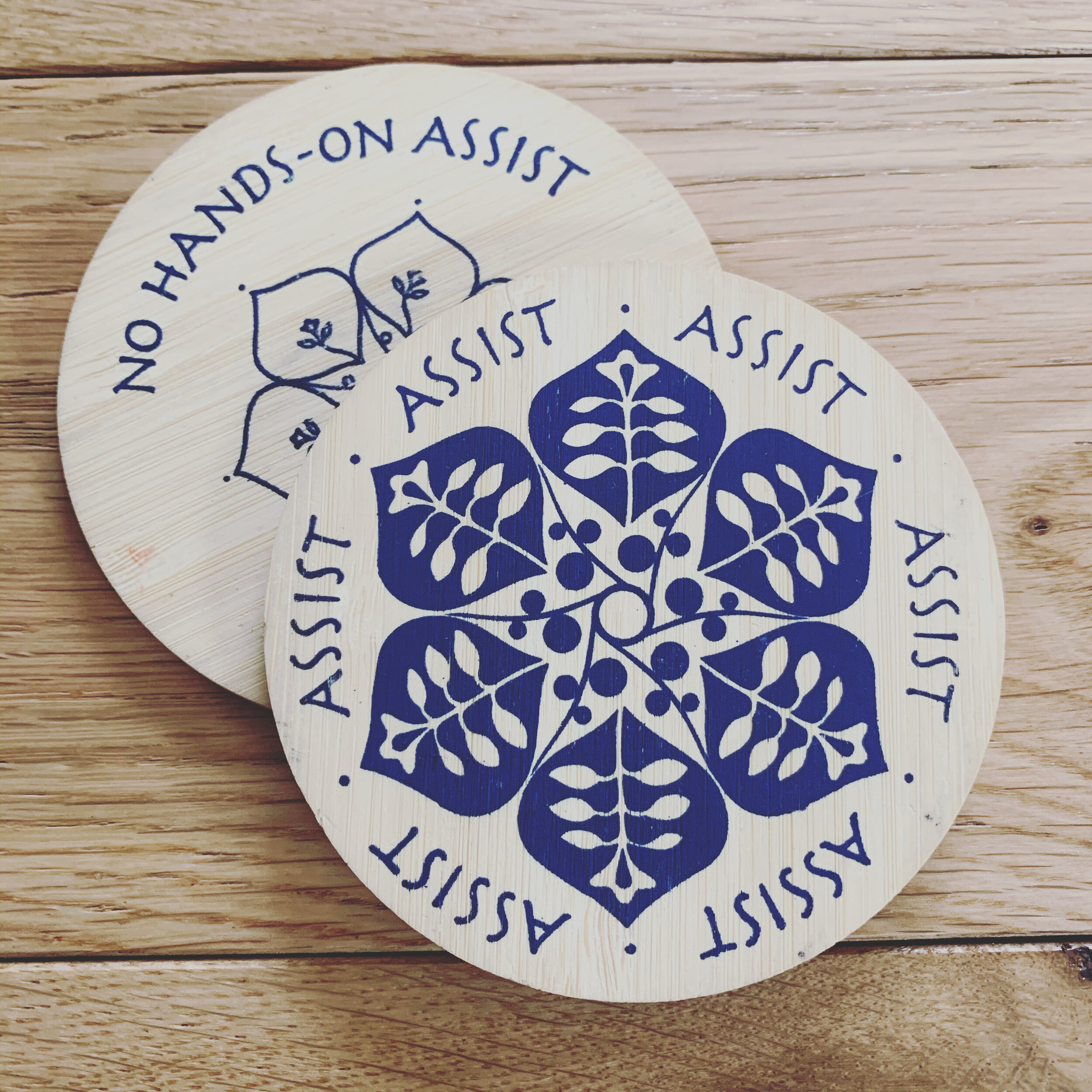Inclusive Awareness (Part Two)
/This is the second part of a two-part series on awareness — feel free to read them in any order. Last week, I wrote about Exclusive Awareness.
Inclusive Awareness
In sanskrit, the word cit (chit) refers to awareness or consciousness. Its meanings include: true awareness, to comprehend, to understand, to be aware of. In my experience, cit refers to this open awareness of inclusive attention.
Me feeling the exhilarating open awareness as winter storms blew into Big Sur.
Macro-Level Awareness
This macroscopic view of awareness gives us the big picture. It’s the landscape view. The large-scale picture or project.
It’s like standing at the top of a mountain and seeing and feeling all the layers around you. The wind in your hair, the sun on your skin, the color and height of the trees, the sounds of the birds, the quickly moving clouds, the choppy waves, etc.
Everything that is present in the moment is a part of your experience.
During Asana & Meditation Practice
In asana practice, inclusive attention asks you to be aware of all that is happening in the moment without giving preference to any one thing. You explore inclusive awareness by using all your senses as you move from pose to pose and engage with the props during practice.
The open attention of yoga asana gives you the opportunity to see how different parts of your body connect and impact one another. Changing one part of your body in a pose affects everything else.
As you inquire into open awareness, you might ask: What happens when I stand on a block in tree pose? How does that affect everything else in my body? Are you able to stay aware of the room around you when trying to balance?
In meditation practice, inclusive awareness asks us to welcome everything that arises as part of the experience. Even the annoying sounds from outside and your thoughts that spin in circles. This open awareness is big enough to hold you and the discomfort that might be part of your experience.
A breath-taking sunrise at Esalen in Big Sur.
In Life & Art
Inclusive awareness allows you to soak in the vast and beautiful environment that you live in. It can literally take our breath away to see a beautiful sunrise along the coastline.
In a more practical way, open awareness allows you to navigate through potential challenges - like crossing the street in heavy traffic. It’s a big part of how we are able to asses safety in our environment.
Guidance & Support
As you practice inclusive awareness, you practice remaining calm when unexpected things arise. This can be really helpful in your work and relationships as it allows you to respond in the moment instead of react.
As you move in the world you constantly and quickly scan and interpret obvious and subtle messages related to safety. There are times that it can be over-whelming and scary to be in this open awareness. A therapist, social worker, meditation teacher, or other skilled guide may be able to assist you in this journey and help you find safety in inclusive awareness.
I invite you to look for recent moments where you were in inclusive awareness. What were you doing? How did you feel at that time? How long did this experience last? How might you consciously support inclusive awareness in your day-to-day activities?
Inclusive & Exclusive Awareness
As you explore inclusive and exclusive awareness, do you find one easier or more accessible to you? How might you start to practice the one that is more challenging?
What could you do during yoga and meditation to practice inclusive awareness? To practice exclusive awareness? How might you consciously practice them both in your life, work, and relationships?




